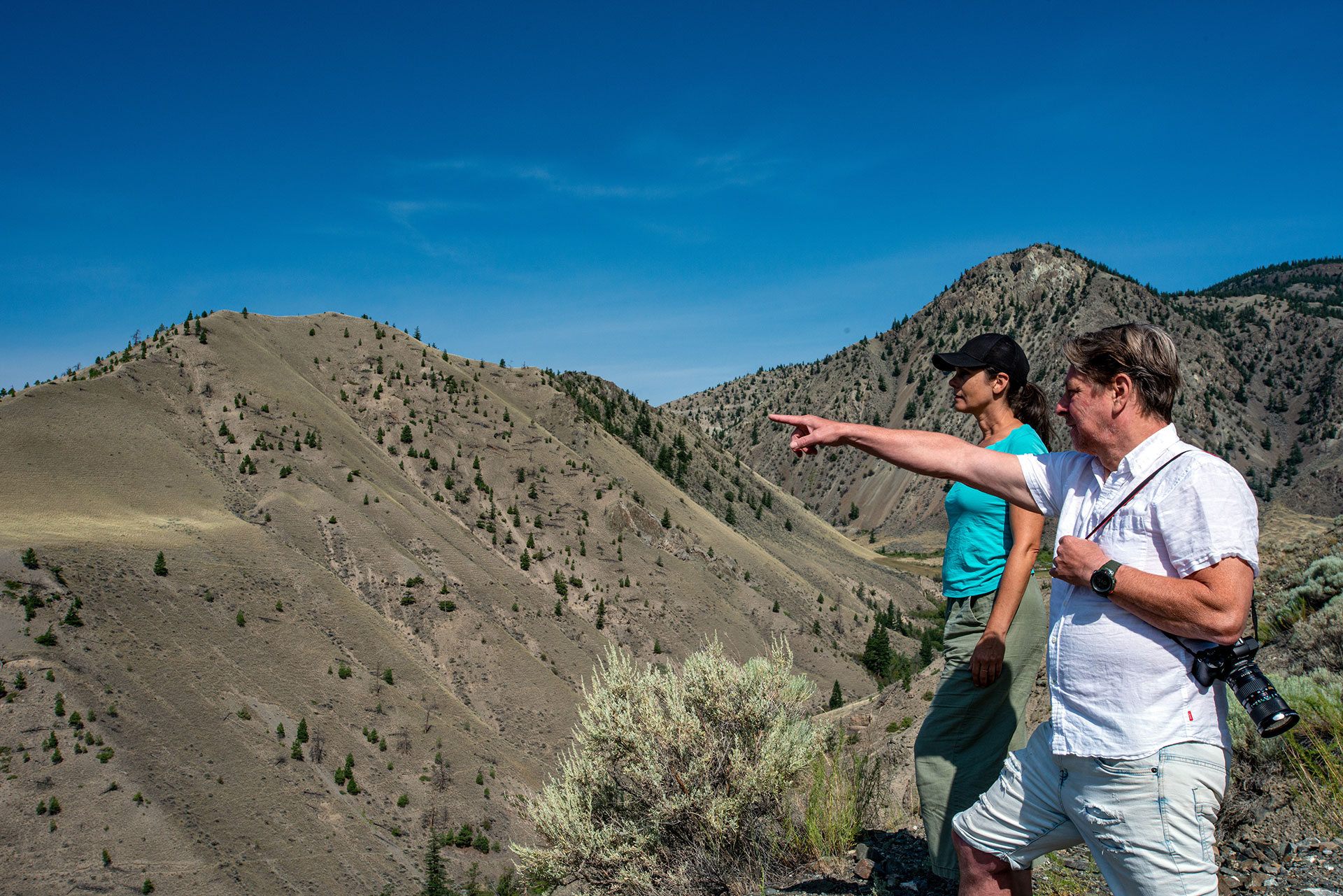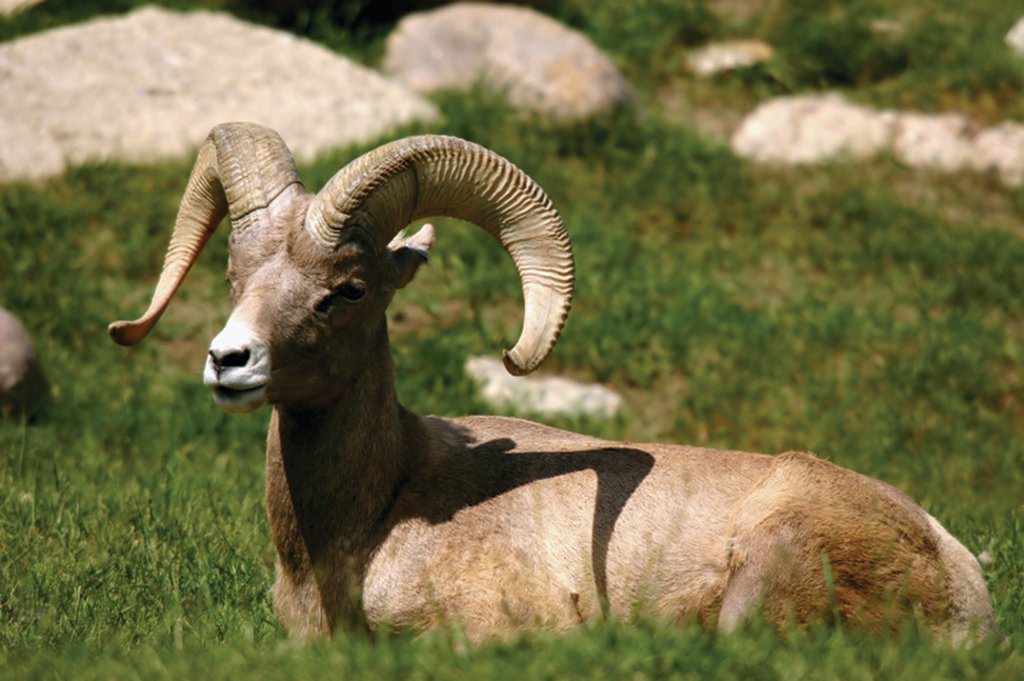Best Practices for Viewing
Wildlife
We respectfully acknowledge that the image on the top of this page depicts the unceded territory of the High Bar Nation.
With spring officially here, many of the animals in British Columbia are beginning to emerge from their dens or return from their winter holidays. From black bears to bighorn sheep, the area around Echo Valley Ranch & Spa is home to a large variety of animals native to Canada.
Now, most people have observed wildlife from time to time, but watching the squirrels in your backyard forage for walnuts isn’t quite the same as what you’ll experience here at Echo Valley. We’ve put together a few simple guidelines to help you maximize your highly anticipated getaway to one of the best resorts in British Columbia
Live and
Let Live
Our hope is that you’ll fall in love with these beautiful animals just as we have; after all, they are an integral part of what makes Echo Valley one of the premier British Columbia vacation spots. No matter how accustomed you may become to the native fauna, it is important to remember that these are wild animals that will rely on instincts to protect themselves and their young if they feel threatened. The best way to enjoy our furry and feathered friends is to watch them candidly in their natural habitat as though you were never there. This also means having respect for their homes by taking away any waste you’ve created and not feeding them no matter how cute they may look.
Research Before
You Go
If you want to see as many critters as you can, it’s important to know what species are most active at a particular time of day. You may be getting up very early for birdwatching, but waiting for the sun to go down before looking for various deer species. Seasonal consideration should also be made as many birds and mammals migrate or hibernate.
Have the Right
Gear
As we mentioned earlier, the animals you’ll be viewing are not domesticated and will protect themselves if need be. Most times that means retreating off into the distance, but one can never be too careful. Many animals will become alarmed when approached by unfamiliar visitors.
Keeping your distance with a set of binoculars is paramount to viewing wildlife in British Columbia. Not only does it provide a close-up survey, but it also allows the animals to carry on as if we weren’t there, which is the preferred method of observation. Since the climate can change drastically from morning to afternoon and again at night, it would be wise to bring clothing that can be added or removed just in case. Having a map on hand is also a good idea, if not for navigation, then for marking spots where you’ve seen various creatures. And while the event of a bear scare is highly unlikely—they really are more afraid of us that we are of them—it is always better to go in small groups, or take one of our border collies with you as a hiking companion.






